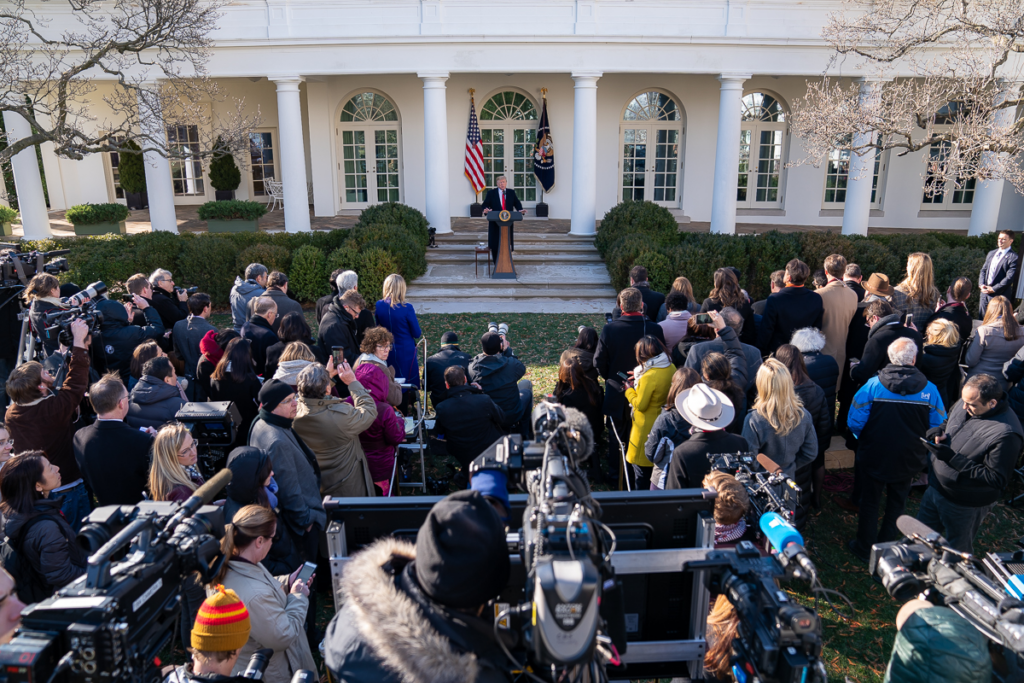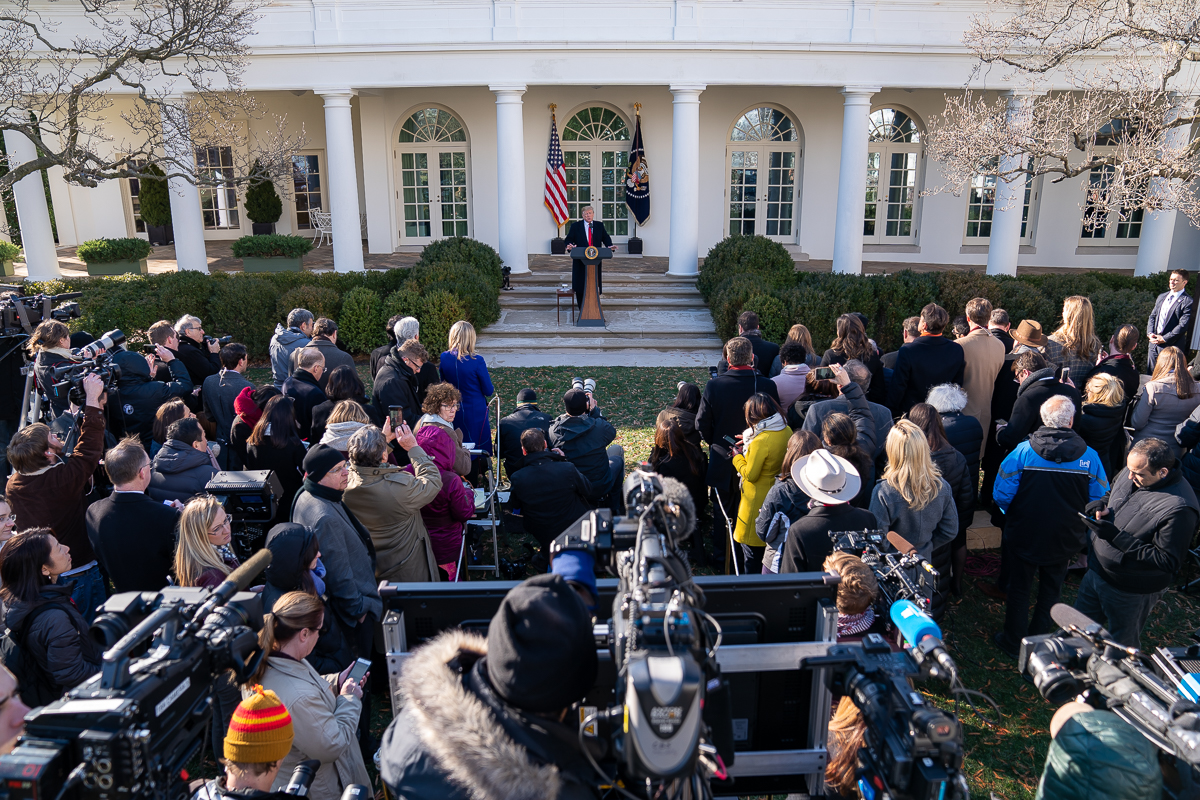
Written by Mitali Shukla
For 35 days during the government shutdown, sophomore dance major Anna Schluckebier’s father was unable to work his new dream job as an architect for the U.S. National Park Service in Nebraska because he wouldn’t have been paid.
“It was scary for my family, with two kids in college. I think to sacrifice families’ daily lives for the idea of a wall is unfair and wrong,” Schluckebier said. “Losing my dad’s income made my family scared of how we were going to pay my rent in California and (for) school.”
From Dec. 22 to Jan. 25 the U.S. had the longest government shutdown in its history after republicans and democrats were unable to come to an agreement about whether to fund a $5.8 billion border wall President Donald Trump proposed. Around 800,000 federal workers were forced to go on leave – also known as being furloughed – or forced to work without pay.
The shutdown’s impact has also stretched to national parks. Several have been overrun with garbage and human waste, and Southern California’s Joshua Tree National Park may have been impacted for thousands of years, according to the New York Times, with several of the historic Joshua trees chopped down while the park went unmonitored during the shutdown.
What sets this shutdown apart from others in the past is that the president initiated it – something that’s highly unusual, said Chapman political science professor John Compton.
“I remember when I visited Washington D.C. in 1995, (former House Speaker) Newt Gingrich had initiated a government shutdown because the two parties were fighting over spending levels. Gingrich wanted to shut down the government to show how serious he was in his stance,” Compton said. “Gingrich and the Republicans were blamed for the shutdown and they weren’t really achieving anything.”
Pressure to reopen the government began to mount after flights nationwide were delayed when TSA agents and air traffic controllers nationwide didn’t show up to work.
“The TSA and airline employees were consistently calling in sick to work,” Compton said. “It’s easy to see why they would do so.”
When Gabrielle Michael, a sophomore psychology major, thinks about the government shutdown, she’s reminded of the inscription on the Statue of Liberty which some interpret to mean taking care of all people regardless of their identity or their status: “Give me your tired, your poor, your huddled masses yearning to breathe free.”
The nearly $6 billion being put toward the potential border wall could be allocated instead to other worthy expenses, she said, like funding healthcare, infrastructure, education, homelessness, veterans or the California wildfire relief.
In a televised meeting with the president, Speaker of the House Nancy Pelosi and Senate Minority Leader Chuck Schumer, Trump said that he needs government funds to finance the border wall in order to keep illegal immigrants from entering the country. He also said that he and the Republican Party would assume responsibility for the shutdown in attempts to finance the wall, according to the New York Times.
“Our president can make the decision to compromise, but refuses to do so,” said Chapman sociology professor Hector Martinez. “As a result of posturing, (Trump) knows he cannot come through on his campaign promise – dictated by the constitution.”
Although the shutdown came to a temporary end a little more than a week ago, Trump has suggested that the shutdown’s end was only temporary, and that he would declare a national emergency if Congress refuses to sign legislation to fund the wall, according to The Washington Post.
“Both political parties seem to be negotiating so as to avoid another shutdown,” Compton said.

